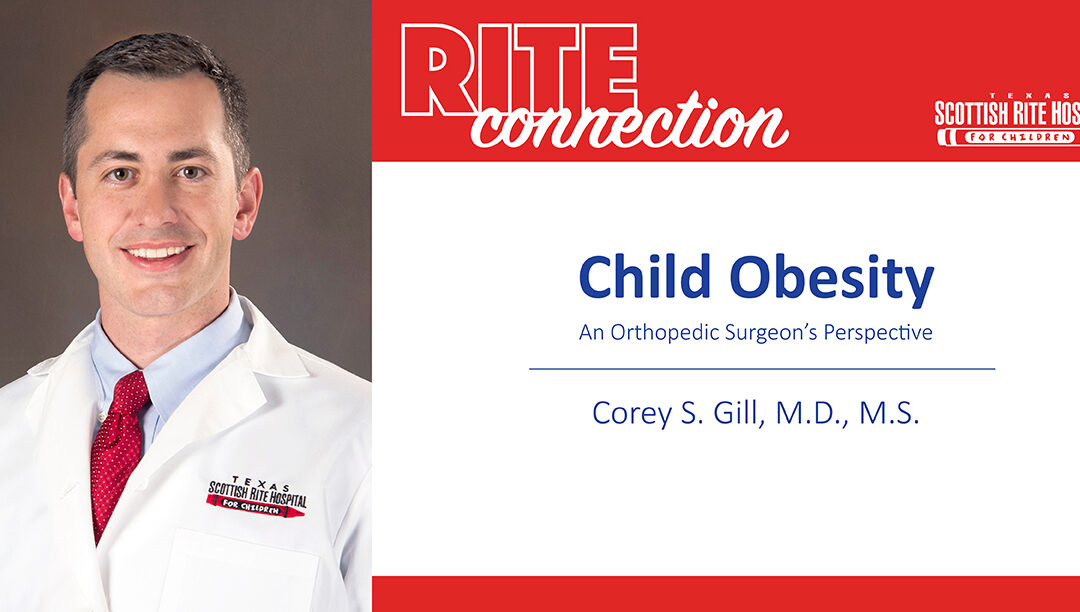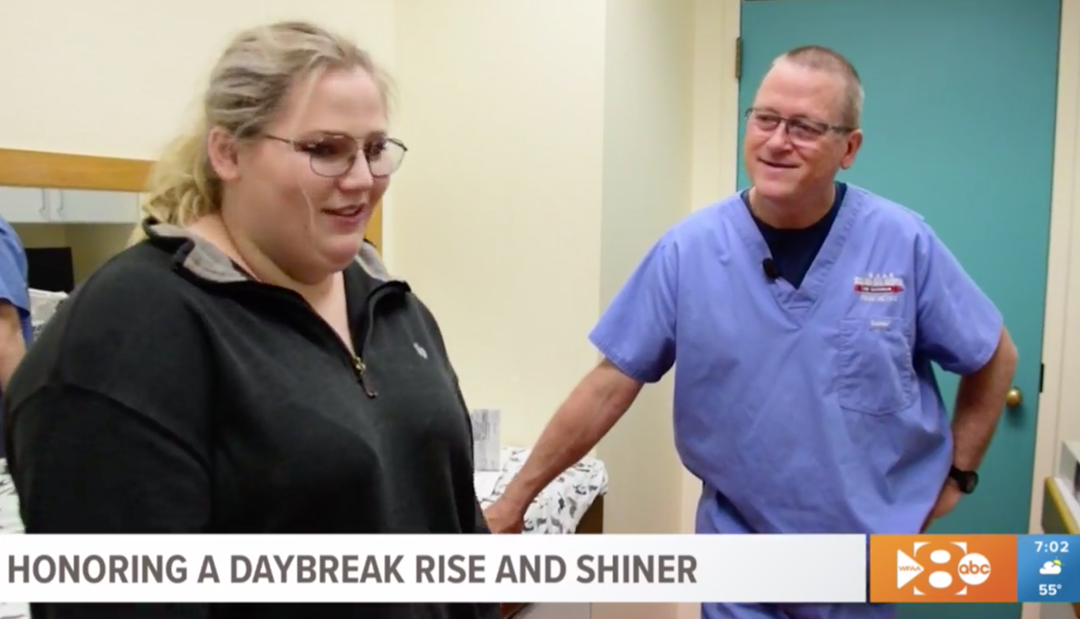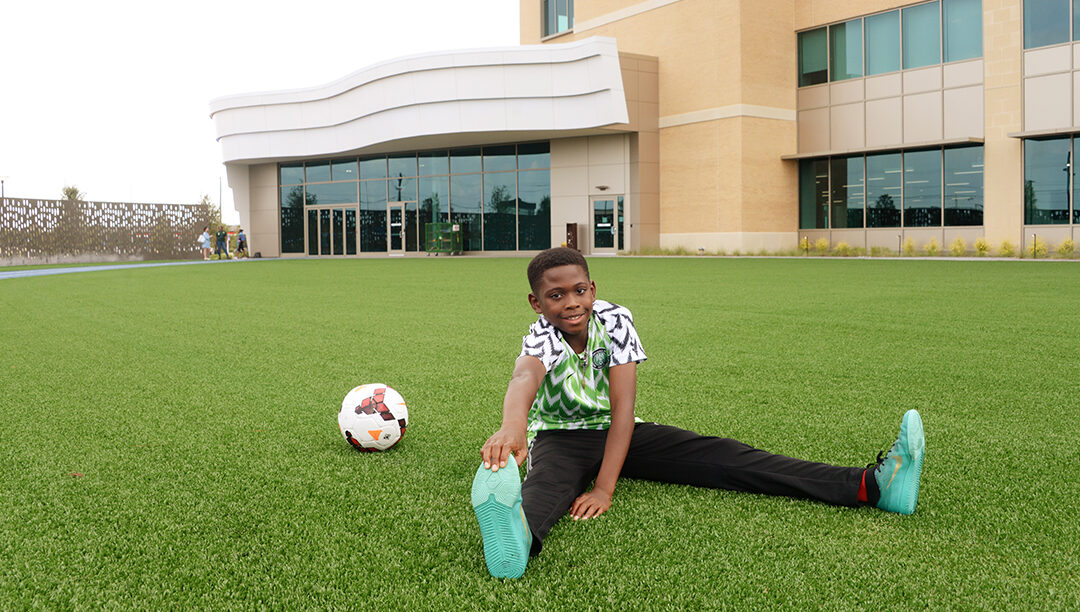
An Orthopedic Surgeon’s Perspective On Child Obesity
Originally presented by Corey S. Gill, M.D., at the Sports Medicine for Young Athlete: How Do We Keep Our Kids Safe Conference in Frisco.
Childhood obesity is a significant public health problem and significantly increases the risk of developing a number of debilitating medical conditions, such as diabetes and heart disease. The prevalence of childhood obesity nationwide is approximately 15%, but is often much higher in pediatric orthopedic patients. For example, more than one third of my patients who require surgery for orthopedic problems are obese. Obesity may play a causative role in disorders such as slipped capital femoral epiphysis (SCFE) and Blount’s disease, and often increases the severity and complexity of fractures and other orthopedic injuries.
Conditions Often Found in This Population
SCFE is a condition that can develop in the hips of obese children and adolescents. The excess body weight increases the stress across the cartilage growth plate of the femur near the hip joint and can lead to a stress fracture or complete fracture. This condition always requires surgical intervention and may lead to significant long-term damage to the hip joint that necessitates additional surgery or even hip replacements at a young age. This condition is often difficult to diagnose, as the hip pain can be vague or even manifest as knee pain. All obese adolescents with significant hip/knee pain, or a noticeable limp, should be evaluated by a pediatric orthopedic surgeon.
Blount’s disease is another condition correlated with obesity. In this condition, there is severe bowing of the knees that leads to pain, joint damage and a significant visible deformity. Surgical treatment for mild Blount’s disease is called growth modulation. This treatment involves tethering a growth plate near the knee with a metal plate and screws, so that the leg can gradually straighten over approximately one to two years. In more severe cases, larger surgeries are often required to cut and realign the tibia bone, often with an external metal frame attached to the leg for stability.
Fractures or broken bones are relatively common in growing children. Obese children are more likely to sustain arm and leg fractures after a fall compared to normal weight peers. In addition, these fractures are usually more severe and more complicated to fix in obese children. Finally, the excessive soft tissue present in obese limbs makes fractures more difficult to hold in position in a cast. Consequently, many fractures that can be treated nonsurgically in normal weight children require surgical intervention in obese children.
Peri-operative Risks in Obese Children
Overweight and obese children often have medical comorbidities that increase risk of complications during and after surgery, such as anesthesia-related complications, infection and wound problems. A thorough preoperative evaluation is recommended in obese patients undergoing surgery in order to optimize perioperative care. For example, sleep apnea is found in 85% of patients with Blount’s disease and hypertension is present in 65% of Blount’s and SCFE patients. Oftentimes, these medical comorbidities are undiagnosed at the time of presentation, so orthopedic surgeons play an important role in the recognition and diagnosis of these diseases.
Now What?
Childhood obesity is a difficult problem, and there are no easy solutions to eliminate the epidemic. A multidisciplinary approach with frequent communication between surgeons, pediatricians, nutritionists and other health care providers is mandatory to optimize orthopedic care of the obese patient. The pediatric and orthopedic communities must continue to support initiatives to encourage kids to be active and to eat a healthy balanced diet. Regarding diet, healthy eating habits need to be established at a young age, as studies have shown that obese children as young as 11 are already consuming in excess of 1100 to 1300 extra calories per day. Regarding activity, children and adolescents should be encouraged to participate in at least 60 minutes of physical activity each day. Participation in team sport, or other activities such as walking, running or biking, may decrease obesity rates and promote a lifelong love of a healthy activity.
Learn more about injury prevention and pediatric sports medicine.


